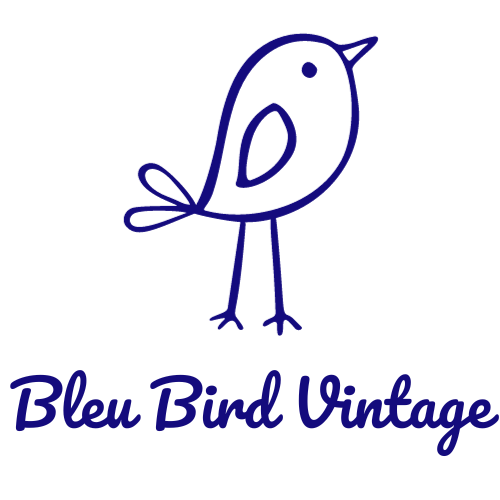Vintage Cinema: A Look at Fashion on the Old Silver Screen
The old silver screen was not only a platform for storytelling but also for showcasing the latest fashion trends. From the glamorous gowns to sharp suits, vintage cinema left an indelible mark on the world of fashion. Let us take a trip down memory lane and explore the iconic fashion moments that adorned the films of yesteryears.
During the 1920s, women’s fashion underwent a radical transformation. With the advent of flapper style, which emphasized loose-fitting and boyish silhouettes, the fashion industry responded accordingly. The iconic figure of the era, Louise Brooks, epitomized the flapper look both on and off the screen. Her signature bobbed haircut, paired with drop-waist dresses and long pearl necklaces, became a sensation. This look not only symbolized the newfound freedom of women but also reflected the exuberance of the Jazz Age.
As the world plunged into the depths of the Great Depression in the 1930s, fashion mirrored the somber mood of society. In response to economic hardship, filmmakers aimed to provide moments of escapism through their films. The glamour of Hollywood shone through in the opulent evening gowns and tailored suits. Bette Davis and Joan Crawford, two legendary actresses of the time, showcased the epitome of elegance and sophistication in iconic films like “Now, Voyager” and “Mildred Pierce.” Women would aspire to emulate their refined style, often borrowing elements for their own wardrobes.
The 1940s marked a defining moment in fashion with World War II dominating every aspect of life. Clothing rationing led to the rise of utility fashion, where simplicity and practicality took precedence. On-screen, however, there was a stark contrast. The golden age of Hollywood welcomed screen sirens like Marilyn Monroe and Audrey Hepburn, who captivated audiences with their distinct styles. Monroe’s iconic white dress blowing up around her in “The Seven Year Itch” became an everlasting image in the annals of fashion. Hepburn’s little black dress in “Breakfast at Tiffany’s” remains a timeless symbol of elegance and femininity today.
The 1950s marked a return to glamour and theatricality. Christian Dior’s revolutionary “New Look” became immensely popular, with its cinched waists and voluminous skirts. Actresses like Grace Kelly and Elizabeth Taylor became fashion icons of the era. Kelly’s impeccable style, both on-screen and off, embodied a sense of refined beauty. Her wedding dress in “High Society” became the epitome of bridal fashion, adorned with delicate lace and a long veil. Taylor, on the other hand, exuded sensuality and glamour. Her extravagant jewelry collection and figure-hugging dresses elevated her to the status of a fashion goddess.
As the fashion world entered the swinging sixties, the influence of street fashion began to permeate the silver screen. Designs by Mary Quant and Paco Rabanne, which championed bold and unconventional shapes, found their way onto film sets. British actress Julie Christie, known for her role in “Darling,” became the embodiment of the new modern woman. Her wardrobe, consisting of mini-skirts, knee-high boots, and geometric patterns, became iconic of the era’s youth culture and rebellion against traditional fashion norms.
In conclusion, vintage cinema had a profound impact on the fashion industry. From the flapper style of the 1920s to the mod fashion of the 1960s, film icons influenced and shaped the trends of their time. These moments on the old silver screen not only entertained audiences but also immortalized fashion moments that continue to inspire us to this day. The glamour, elegance, and individuality of vintage fashion remain etched in our collective memory, reminding us of the powerful connection between cinema and style.
